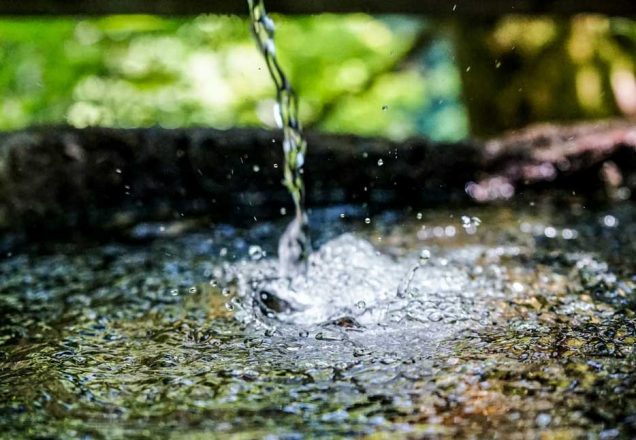Private well owners enjoy having full control over their water supply. But the production of their well is dependent, of course, on groundwater, and groundwater levels can fluctuate. They may fall due to heavy withdrawals, for example. Aquifers also rise and fall, seasonally and otherwise, based on the amount of natural input they receive from moisture infiltrating the soil.
That means that a prolonged dry spell can cause groundwater levels to drop significantly, enough to impact the output from your well.
Groundwater Levels and Dry Spells
As we alluded to, it’s normal for groundwater levels to fluctuate based on a seasonal cycle. In spring, melting snow and abundant rain raises the level to what’s often its yearly peak. As plant water uptakes during the growing season and, in some areas, as stretches of dry weather kick in, aquifer levels often slowly decline throughout the summer and into the early fall. Fall rains and easing vegetation demand often translate to a rise in groundwater levels before winter’s frozen soil and snowpack stabilizes things.
Extended stretches of little or no rain reduce groundwater recharge. The impact of drought on aquifer levels can be exacerbated by intensified demand from well-water users. Sometimes groundwater drops low enough for a well to go dry. Unsurprisingly, shallow wells tend to be more vulnerable during rainless periods.
Certainly, and hopefully, the level may go back up, but there may be a critical period with diminished or no output from your well. And occasionally, groundwater depletion may be extreme enough or result in some other shift in groundwater movement that the well will remain dry for good, without some remedy.
Evaluating Well Water Level & Performance
It’s important to note that there are many reasons why a well may diminish in output or stop producing water altogether, and even during a dry spell, the issue may not have to do with groundwater levels. A failing well water pump is a common cause, but the problem may also be a malfunctioning pressure switch, clogging or corrosion of piping, or a leak, among other things.
This points to the importance of having a well-water specialist check out your well if you’re concerned it may be going dry. The nature of a well’s source, underground water confined in bedrock, means it’s not always easy to determine whether aquifer drawdown occurs. Inspection and well-performance tests can help sort through the possibilities and identify the underlying reason for the decreased production.
What to Do During a Drought
Well owners should pay close attention and implement water-conservation measures at the onset of drought. Reducing the amount of water you’re using and changing the pattern of your water usage can sometimes help you avoid getting to the point of a dry well. Shortening your showers, only doing full laundry or dishwasher loads, collecting rainwater for use in the yard and garden, and other measures are all examples of sound water-conservation strategies.
If your neighbors also rely on wells, it’s a good idea to touch base with them during a pronounced dry spell so you all can coordinate a bit when it comes to lessening and spacing out water demand.
Keep close tabs on your well’s performance during a drought. If your pump is cycling on and off at a frequent pace, sometimes a response to diminished water levels, you may need to turn it off to avoid burning out the motor. Investigate the issue, preferably with a well-water professional, to determine whether the problem is faulty equipment or dropping groundwater levels.
Look for other clues to a diminished water level, such as sediment appearing in your well water or the sound of sucking air from your pump. Having your well water tested during a dry spell and on the heels of it is a good idea because low water levels can sometimes increase sediment and contaminants.
Drought Solutions From Greco & Haines
Here at Greco & Haines, we bring almost 60 years of experience serving well owners all across Connecticut to the table. We can help you evaluate your well’s performance during a dry period and identify solutions if reduced output continues.
Sometimes lowering a submersible well pump is all that’s required, at least in the short term. Maybe a pump upgrade will help address the problem! More drastic situations may necessitate deepening the well or even drilling a new one.
We can conduct the necessary tests to determine whether low groundwater levels are responsible for diminished well output — and, of course, to pinpoint and remedy any other causes as well as assess your water quality to make sure drawdown isn’t promoting potentially harmful contamination. We also can supply larger or extra storage tanks, which is another possible solution for enduring dry spells and temporarily lower well-water levels.
Greco & Haines offer service 365 days a year — with no extra charge for weekends and holidays! For more information about our well water services in CT, contact us today via our online contact form or call any time! 203-735-9308 or 203-777-2256 or Call Toll-Free from any CT Area Code 1-800-922-2958

